All is not well with economic policymaking
Successive governments have focused only on GDP growth and inflation
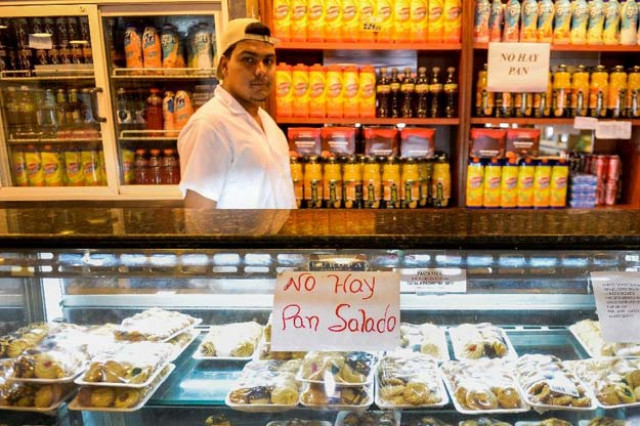
Economics is about dealing with the most fundamental economic problem—scarcity, right? Now, look at Pakistan’s economy to see where the scarcity exists and how it is being handled.
Our population is large— over 220 million, according to World Population Review of 2020. Feeding, clothing and sheltering such a large population is possible only if our policies regarding food, textiles and housing sectors produce the desired results. Constant failures can be fatal—if not now, then after some years.
Recent media reports have highlighted food imports by the country and yet another downward revision in cotton crop. In the outgoing fiscal year, Pakistan spent $8.348 billion on food imports—almost twice its food export earnings of $4.393 billion. For years we have remained a net food importing country even though we grow three major food crops; wheat, maize, rice and sugarcane—and we also have a large base of livestock.
But something is wrong somewhere if we still need to spend billions of dollars on food imports—of which only a small portion comes in the form of agriculture and food industry raw material.
For several years, Pakistan has been meeting only half of its cotton requirement from domestic resources and the remaining half has to be imported with precious exchange. Why?
Pakistan had last produced over 10 million tonnes of 480-pound bales of cotton (10.6 million bales to be exact) back in 2014, according to the United States Department of Agriculture. Why cotton output has since oscillated in a shallow band of 4.5 million bales to 8.2 million bales?
Why have the country’s economists continued to fail to address the issue of scarcity of local cotton? Successive governments in Pakistan remain focused only on two things:
GDP growth and inflation.
And, they somehow succeed
in convincing people that GDP
growth numbers achieved
during their tenure was the
best possible “under the given situation”. They also have the audacity to claim that inflation is just temporary—and prices will stabilise soon.
GDP growth itself is not an end. It is a means of addressing the problem of scarcity—where scarcity exists at the moment and where scarcity can hit in foreseeable future. The quality of resource allocation can be judged by looking at whether GDP growth is creating jobs and whether weaker segments of the society are getting equal opportunities.
If higher GDP is achieved through increased outputs in sectors that have nominal effect on the well-being of women, kids and youth, senior citizens and minorities then it is qualitatively poor. Pakistan has been witnessing a poor quality growth for years.
Over the years, Pakistan’s policymakers have not only failed to provide a consistent and sustainable agricultural growth policy, they have also failed to bring about the oft-promised industrial revolution.
Between FY11 (when 18th Constitutional Amendment made agriculture a provincial subject) and FY21, annual growth in agriculture sector ranged between 0.15% and 4%. Average growth rate in the past 11 years, thus, comes to just 2.35%.
Such low long-term average growth in agriculture could have been avoided, had the devolution of agriculture as provincial subject been handled more carefully and federal and provincial governments had acted more responsibly.
Though overall industrial growth during these 11 years has averaged only a little higher—2.78%—yet our industries still rank very low in terms of international competition, which keeps our export base low.
In 2020, Pakistan’s industrial sector’s performance was better than global average just in one out of the eight areas of performance criteria, ie the share of manufacturing exports in total exports, a careful reading of UNIDO 2020 report on Competitive Industrial Performance (PMI) reveals. In other areas, including in the competitive indices of quality and of medium and high-tech activities, the performance remained very low.
Ideally, external sector of the economy also has to be managed keeping in view how it can help improve the quality of GDP growth and how can it help sustain that improvement. Without which the issue of structural scarcity—or scarcity arising out of or prevailing due to underutilisation of resources—cannot be managed effectively.
During the past seven years, we have seen doubling of home remittances—from $14.6 billion in FY14 to $29.4 billion in FY21.
But why it took our policymakers seven long years to find ways of channelling these remittances towards construction and housing sector that creates lots of jobs and also provide shelter to the homeless?
Why they took seven long years to realise that the remittances can also be lured into the country in the form of foreign direct investment. Only recently the central bank has decided to let overseas Pakistanis invest directly in equity of local industries.
Whereas, remittances grew more than 100% in just seven years, while growth in overall exports of goods and services has remained depressingly low. Back in FY14, Pakistan’s total merchandise and services’ exports totalled $29.9 billion—and in FY21 the amount only inched up to $31.5 billion, according to the State Bank of Pakistan’s (SBP) balance of payments data.
Can a country with 6.65 million unemployed people (according to very conservative estimate of the government based on Pakistan Labour Force Survey of 20017-18) afford such low growth in exports?
At the core of almost all our structural economic problems lies low tax-to-GDP ratio—11.1% in FY21 down from 11.4% in FY20. With such low tax-to-GDP ratio no nation can sustain even a modest economic growth in the medium to long term.
What is worse is that the share of indirect taxes in overall tax revenue is about 68% now. Such a low share of direct taxes means the general public is paying the price of growth while the taxable gentry continues to enjoy tax exemptions and remain escort free when they evade taxes.
This, too, is a great impediment to sustainable growth and development. Besides, it can become politically explosive at any given point of time further weakening an already fragile and fragmented political system.
The writer is a mechanical engineer and is pursuing a Master’s degree
Published in The Express Tribune, September 13th, 2021.
Like Business on Facebook, follow @TribuneBiz on Twitter to stay informed and join in the conversation.

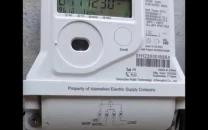

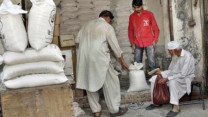

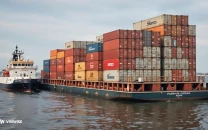
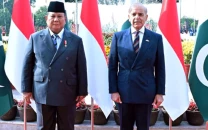












COMMENTS
Comments are moderated and generally will be posted if they are on-topic and not abusive.
For more information, please see our Comments FAQ